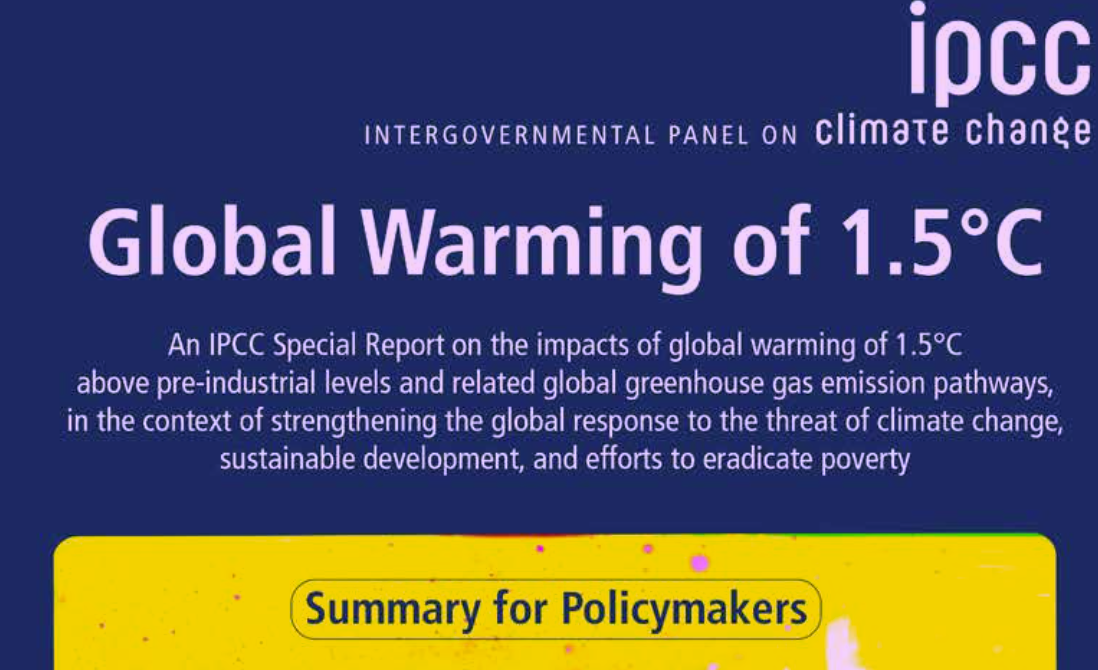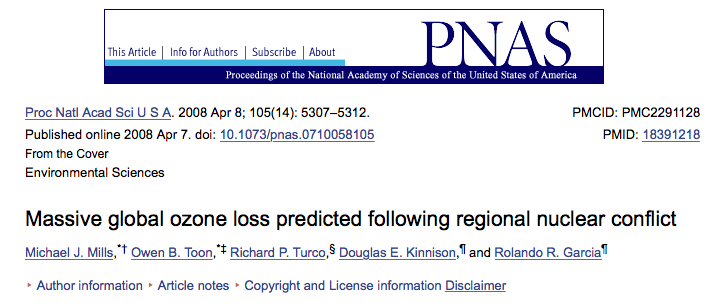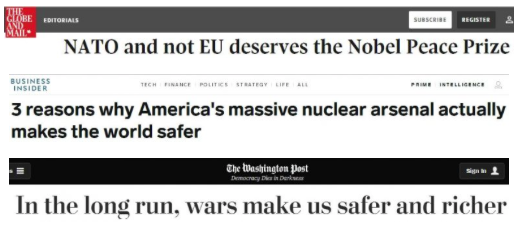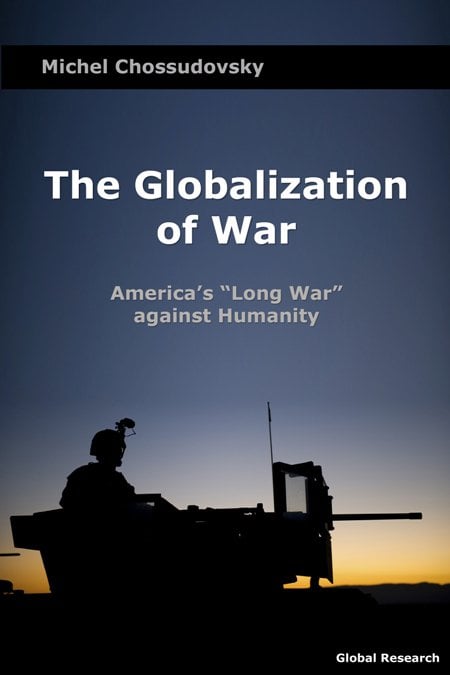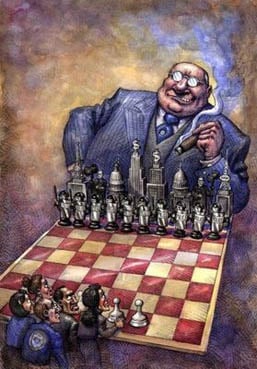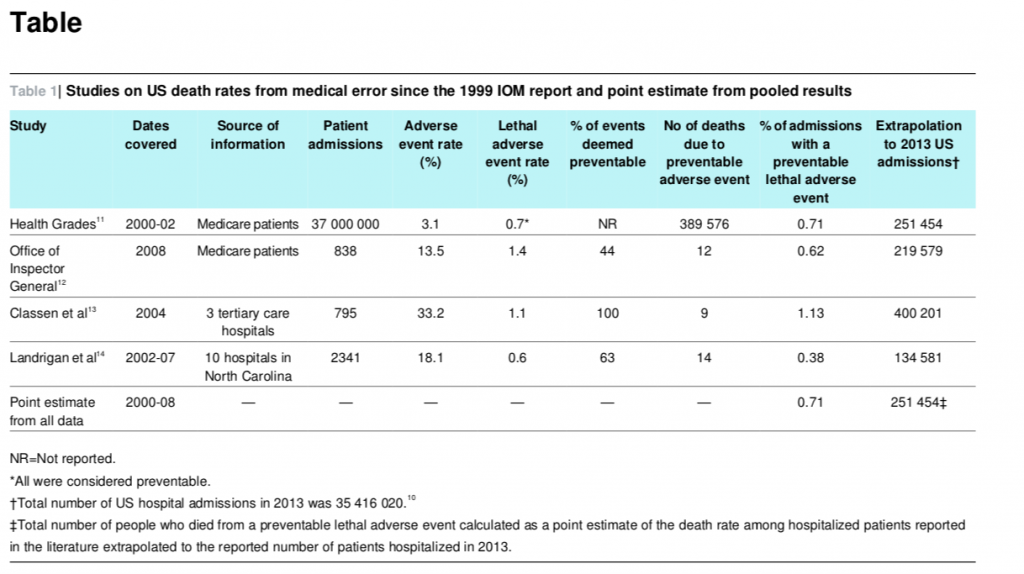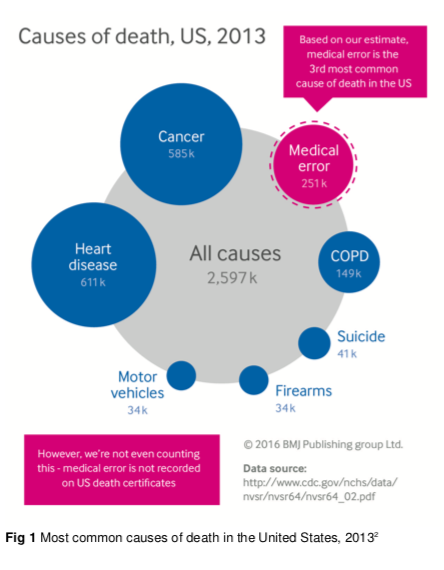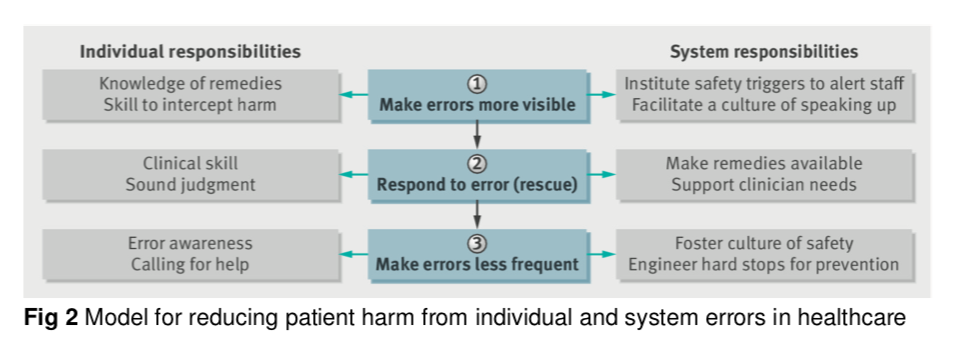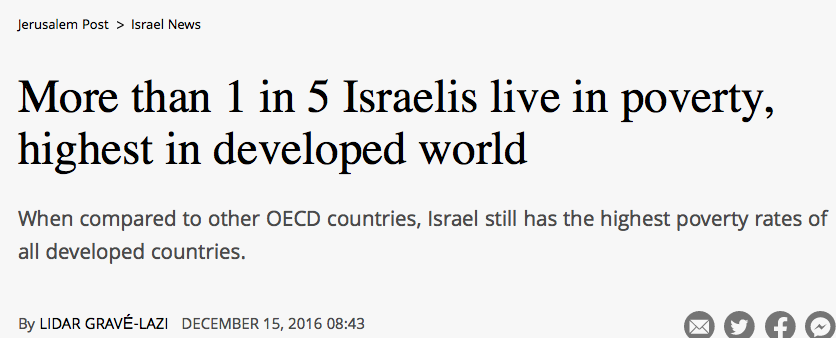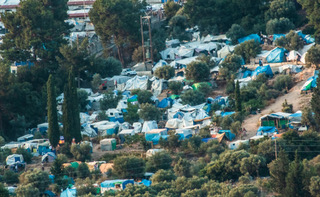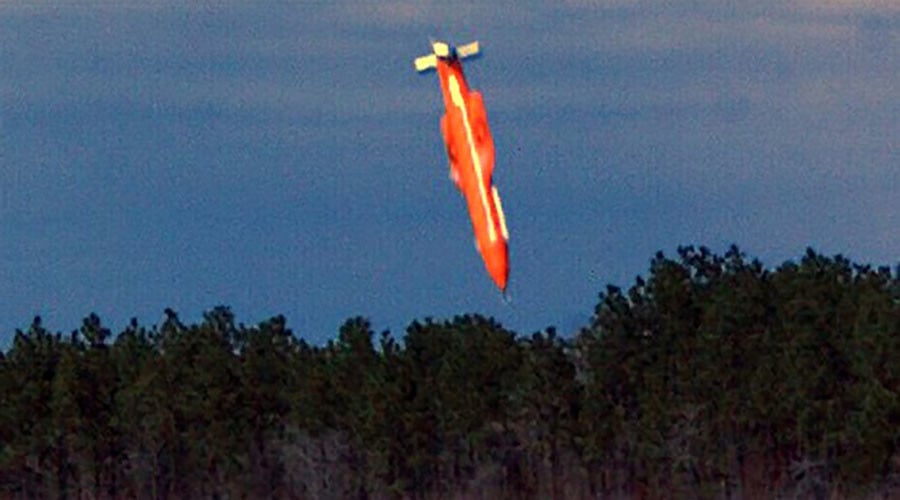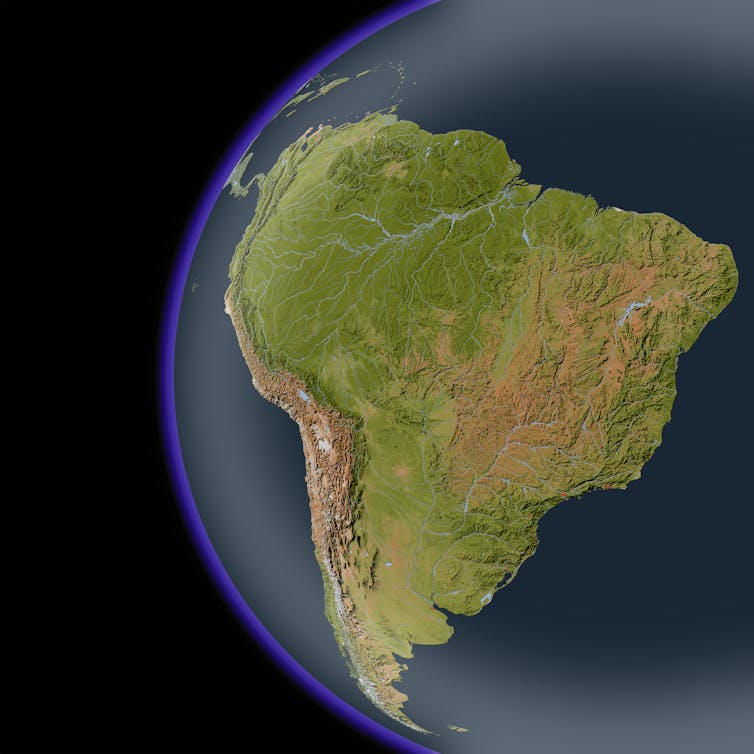Good bye, Lebanon, metaphorically and truly.
Good bye to a country which, many believe, actually has already ceased to exist.
For five long years I have been commuting between the Asia Pacific and the Middle East.And Beirut, for all that time, was one of my homes.
I arrived in Beirut when the situation in the region was beginning to be unbearable; when destabilized, tortured Syria commenced losing its children in large numbers. They were forced to leave their homeland, heading for Beirut and the Beqaa Valley, and in fact, to all parts of the world. I arrived when Syrian refugees were freezing to death, exploited and brutalized in ancient, godforsaken villages lost in the deep, lawless Lebanese valleys.
I was not supposed to write about it, but I did. I was not supposed to see what I saw. It was the UN’s shame, a well-hidden and well covered one, obscured by technical jargon. Refugees were not called refugees, and camps were not really officially registered as camps. What you had clearly seen with your own eyes, you were told, was actually totally something else. But it wasn’t. Eyes hardly lie.
Lebanon’s mirages, sandcastles and myths. If you live here, they surround you, suffocate you, choke you, all the time.
I arrived when the Palestinians began rebelling inside the horrific camps; hopeless, monstrous places where tens of thousands of human beings have been forced to live, for decades, without help, with hardly any rights.
And I left when the country collapsed. When the gap between the haves and have nots reached such enormous proportions, that it often began to appear that there were actually two different countries, even universes, on the same tiny geographical territory that is called Lebanon.
*
But before I left, there was an uprising.
Of course, periodically, there are rebellions here, which are misleadingly called “revolutions”. The“revolution” of 2005, of 2015, and now again, in 2019.
I worked in the center of Beirut, in the squares packed with the protesters. I tried to understand, to analyze, to find context.
And what did I witness? Huge clenched fists, those of the Serbian “Otpor”, a CIA-Serbian (extreme right-wing) ‘organization’, which forced the government of Slobodan Milosevic out of power, and which later infiltrated and destroyed genuine revolts all over the Middle East; revolts cynically called by the Western mass media – “Arab Spring”.
I actually saw many signs of Otpor, a sister group of Canvas, and when I asked protesters in Beirut whether they knew what these organizations represented, they replied that “no”, they didn’t but “they’d definitely ask their designers”.
There was a lot of waving of flags, plenty of singing, and even dancing. Rebellion Lebanese-style. One big party. Smiles, laughter, even when things get desperate.
Protesters have many grievances, and they are willing to discuss them, openly: corruption, hardship, almost non-existent social services, and hardly any future.
But do not look for any signs of ideology here, in 2019: this is not a communist, or even a socialist, rebellion, although historically, Lebanon has vibrant socialist and communist movements, both of them.
One thing is certain: protesters “do not like ‘elites’”, but you will search in vain for slogans denouncing capitalism; something that is so common in Chile and of course, in Bolivia (but not in Hong Kong, where the riots are clearly backed by the West and by some local ‘elites’).
Protesters do not like electricity blackouts, water shortages, filth accumulated everywhere because of the failed garbage collection and recycling. The protesters hate the high prices, and traffic jams.
But what do they want, really?
*
They want a “better Lebanon”. But what is that?
A Lebanon free of racism, for instance? No, I never saw any signs denouncing racism.
When I first began living here, I was horrified by the bigotry of the locals.
A driver working for one of the UN agencies, did not even try to hide his ‘beliefs’:
“The Turkish nation has improved. In the past, they only screwed Asian women, and as a result, they all looked like dogs. After they conquered the Balkans, and began screwing European women, their stock got better.”
Arriving at Rafik Hariri International Airport, I often saw humiliated Philippine, Ethiopian, or Kenyan women, locked in crowded rooms, guarded by Lebanese security forces. They looked like slaves, treated like meat. Unhurriedly, their “owners” would come to fetch them, signing release papers, leading them away.
The abuse of domestic workers in Lebanon is horrific; torture, rape and death are common. Foreign workers are regularly committing suicide. While there is hardly any legal protection for them.
Is this going to change? Are protesters demanding a “better Lebanon” which would once and for all finish with this sort of discrimination?Again, I have never heard about such demands.
And what has been sustaining Lebanon, financially, for decades?
All over West Africa, unscrupulous, racist and brutal Lebanese businesspeople have been exploiting local folks, while plundering natural resources. The things that I heard in Ivory Coast, would shock even the most hardened readers. But are there any slogans in Beirut demanding theplunder of West Africa stop?
Another fabled source of income are the narcotics, grown and processed in the Beqaa Valley. If it were to be marijuana, who cares? But Lebanon is producing heroin and cocaine, but above all, so-called “combat drugs”, including Captagon, which is used on the battlefields of Syria and Yemen. Captagonis regularly smuggled out of the country by the Saudis, and used in jihadi operations, as I have reported.
Is this going to end? Are Lebanese protesters demanding a “better Lebanon” without drugs that are helping to kill and torture tens of thousands of innocent people, all over the region?
What are the other sources of income here? Banking, of course. Banks that operate all over the Middle East, and the Gulf.
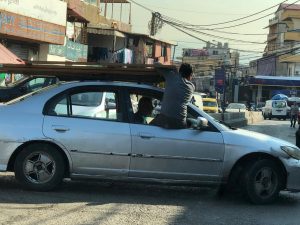
And, of course, “foreign aid”. Aid which is supposed to “help the immigrants”, as well as the poor Lebanese who are “suffering from the waves of refugees”, arrivingfrom countries destabilized by the West. These funds regularly disappear, fully or partially”,into the deep pockets of the Lebanese elites, who make sure to generate profits no matter what: when the refugees keep arriving, and even when they leave.
Before I departed, I spent one week wandering all around Beirut, day and night, searching foranswers, looking for signs that the protesters were really determined to change the country. Not just for themselves, but for everyone in Lebanon, and for the entire Arab world.
I encountered too many abstract slogans, most of them of Western origin.Not even a trace of Syrian Pan-Arabism. Nothing that would even remotely resemble internationalism. This was clearly a “European-style” rebellion.
*
As always, the Lebanese security forces were intimidating me and many others.
Coming to Martyr’s Square, at night, I only pointed the lens of my camera in the direction of a group of lazy, cynical looking soldiers, and it propelled them immediately into action. They tried to force me to delete the images, to apologize. I did not budge. I had no problem photographing police in Hong Kong, or in Paris, Chile or other places. And I have had enough, after 5 years here, of these inept and arrogant brutes.
But here, the armed forces are “unique”; not much is expected from them. It is Hezbollah which comes to the rescue of Lebanon whenever it is attacked by Israel. Hezbollah fighters are well trained, and they are disciplined. While the Lebanese army (and its various “forces”) is manned by those who cannot find a decent job. If it protects somebody or something, it is the Lebanese regime, sustained bythe West and Saudi Arabia.
I refused to hand over my phones and cameras to them.
“Arrest me,” I offered, extending both my hands.
They did not. It would be too much effort, and paperwork.
Later, the protesters hugged me:
“It is great that you did not surrender your material to them. You see, if it was us, the Lebanese, they would beat us up, and smash our cameras.”
A lady protester added:
“You never know what they are hiding, but they are hiding something, always. Perhaps they did not want the world to see how lazy they are. They stand here, in clusters, doing nothing, chatting. Then, when they get tired of doing nothing, they mobilize and attack us. They are unpredictable.”
A couple of months ago, during the short conflict between Israel and Lebanon (Israeli drone attack and Hezbollah retaliation), I managed to drive to the border, as I had on several previous occasions.
Almost the entire defense of Lebanon has been resting on the shoulders of Hezbollah, with UNIFIL (United Nations Interim Force in Lebanon) troops, consisting of Indonesian, South Korean, Italian, Ghanaian and others forces, patrolling the frontier in armored vehicles, and providing mostly psychological deterrence from the large fortified bases, including the one at Naqoura.
Lebanese armed forces have very little ability to defend their country. That includes theLebanese Air Force, which mainly counts on things that could be described as toy airplanes, with converted Cessna models.
Now, theLebanese army and police are facing and confronting their own people, protecting the regime in Beirut, as well as foreign, mainly Western and Saudi, interests.
*
But back to the main question which is, surprisingly, very rarely asked by the Western mass media outlets: “What do Lebanese people really want? What is the goal of the uprising?”
Rebellion began on October 17, against proposed tax on WhatsApp calls. It soon turned into call for resignation of the entire government; call for total overhaul of the Lebanese system. Prime Minister, Saad Hariri, resigned. Others stayed, but country has been paralyzed for weeks.
Some Lebanese call what is happening on the streets of Beirut, Tripoli and other cities, an “October Revolution”, but in reality, this uprising has very little to do with the iconic Russian Bolshevik Revolution of 1917.
However, one positive thing is that many Lebanese people are now calling for direct democracy, and for a people’s parliament.
Alessandra Bajec recently wrote for The New Arab newspaper:
“Protests and strikes are not the only nationwide thing dominating Lebanon. Open discussions held by groups of citizens is the latest phenomenon happening on the streets of Lebanon.
A series of open discussions led by a variety of groups of citizens are held daily around Lebanon helping to feed the hearts and minds of the revolutionary movement since the start of the country’s so-called “October Revolution”.
I witnessed those gatherings in Beirut. It is an impressive idea, in a way far more advanced than what has been observed in Europe, during the recent protests in France and elsewhere.
It is clear that Lebanese rebels have had enough of the sectarian politics, of savage capitalism (although, this is not being pronounced as such), and of the endemic corruption.
For decades, after the devastating Lebanese Civil War (1975-1990), thecountry remained bitterly divided. Again, it is actually something that is not supposed to be discussed, even mentioned, but allegiances in this nation of (officially) 4.4 million, have been commonly pledged toreligious leaders and movements, and not to the state.
David Morrison wrote in Labor & Trade Union Review:
“Lebanon’s political system has a uniquely confessional character, which has its origin in the National Pact of 1943. Under this unwritten Pact, the President of the Republic must be a Christian, the Prime Minister a Sunni Muslim and the President (Speaker) of the Parliament a Shiite Muslim.
What is more, 50% of the 128 seats in the Parliament are allocated to Christians, and 50% to Muslims, and these allocations are further sub-divided for Christian and Muslim sects. In total, seats are allocated to each of 18 sects. Nationally, the 64 Christian seats are allocated as follows: Maronite 34, Greek Orthodox 14, Greek Catholic 8, Armenian Orthodox 5, Armenian Catholic 1, Protestant 1 and Others 1; and the 64 Muslim seats are allocated as follows: Sunni 27, Shiite 27, Druze 8 and Alawite 2.
So, in total Christians have 50% of the seats, and the Sunni and Shiite communities just over 20% each.
There was no provision in the National Pact for altering these allocations to reflect demographic changes. And there is still none today. These allocations may have corresponded to the proportion of each sect in the electorate at one time, but they certainly don’t today. But it’s impossible to say with any precision what they should be, since there hasn’t been a national census since 1932. This is a very sensitive issue within Lebanon, an issue that has the potential to trigger civil conflict.”
Naturally, this sclerotic and stale system of secretive divides and coalitions, led to outrageous corruption. Religious and family clans managed to amass tremendous wealth, while enjoying almost absolute impunity.
Discussing sensitive political issues with various Lebanese protesters and activists in 2015 (“You Stink” movement), as well as during the recent uprising of 2019, I came to the clear understanding that most of the educated protesters (and Lebanon is without any doubt one of the most educated nations in the Arab world), have been totally rejecting the sectarian system. In fact, they were thoroughly disgusted with it.
As early as in 2015, one of the main demands was to “unite Lebanon”; to make sure that it gets governed by people elected based on their virtues and excellence, instead of religious beliefs.
Particularly young people have had enough of those escapes to Cyprus (in order to get married), if a couple belonged to two different religions, or if one or both individuals had no religion at all. They were revolted by the fact that their child could no be registered in their own country, if there was no official Lebanese marriage certificate.
And most of the people I spoke to, understood that the shocking lack of transparency on which the Lebanese regime has been thriving, only serves those very few extremely rich individuals and families. The economy of the country is shattered, debt is at 150% GDP, basically unserviceable, and the divide between the rich and poor, monstrous. For millions, leaving the country became the only option. But luxury marinas are full of lavish yachts, while Maserati sport cars and Range Rover SUVs are parked all over the capital, in front of luxury restaurants and bars.
The Lebanese revolutionaries are organizing open discussions, but that is not all – they want a totally new political system.
The problem is, they are not sure, which one.
But, they are certain that by holding open forums and public meetings,they will, eventually, find out what precisely it is they want.
Alessandra Bajec continues witha description of direct-democracy groups:
Rachad Samaha, a social activist and core member of the free discussions group adds, “We were talking among ourselves about how we could be more involved in the revolution… not just by joining protests, but through helping to bring people together to discuss issues that we are all fighting against. We can then reach some common ground.”
Centering such group discussions over the need to change the current political system, and put an end to sectarianism, and possible ways to fix the country’s rapidly declining economy has been the leading drive for prompting exchanges of views between people from within the largest protest movement.
The major matters of national concern voiced by citizens taking part in the talks include the accelerating economic crisis, the embezzlement of public funds, the decades-long ruling political elites who are being held responsible for the deepening crisis, and the confessional system, where power is divided among sects and has created patronage networks and clientelism at the detriment of the population.”
All this is true. But this is Lebanon, the Middle East, where nothing is really simple.
Here, the West has a tremendous influence, and so do the best allies of Washington in the region, the Saudis. All this money ‘wasted’, all that eye-closing, simply ought to have guaranteed certain allegiances.
Under the surface, the West, Israel and Saudi Arabia are all after Iran, and Iran is allied with Hezbollah, and Hezbollah is the only true and powerful social force in Lebanon, where almost everything public has been already privatized, or stolen, or both.
Hezbollah is also the only true protection that Lebanon has, against Israel. While the West does not want anyone to be protected against Israel.
Predictably, Hezbollah is on the “terrorist list” of the United States, and on the lists of several of its allies.
Hezbollah had a strategic alliance with the previous government of Hariri, who resigned several weeks ago (and Hezbollah was warning against pushing for the collapse of the government, and even tried to clear the roadblocks erected by the protesters).
Now, what will really happen if the protesters win? Who will be benefiting? What if theold regime collapses; what if there is no more Hezbollah, and no more protection against the “Southern Neighbor”?
*
What kind of Lebanon can replace this present, terribly inefficient, even brutal and corrupt state?
If you are in Achrafieh neighborhood, the richest place in Lebanon, where the old Christian money resides, you would be told, by many, things that you would most likely not want to hear.
You’d be “explained” that Lebanon was supposed to be a Christian country, that the French created it as the only Christian state in the Middle East. You would hear Palestinians being insulted, horribly, and you would see posters of extreme-right-wing political leaders.
Once, there, I had a haircut, and an old barber parted with me, by raising his right hand into the air, and shouting: “Heil Hitler!” (After that, I quickly switched to a Syrian barber).
A neighbor once told me:
“French imperialism? Oh, but we would love to have the French back! That would be brilliant, to be colonized by them, again, no?”
It was not a joke. He meant it. Each and every word, that he uttered.
These things are not supposed to be written about, at least not in the mainstream press. But this is not the mainstream press, and I believe that without understanding these nuances, it is impossible to understand Lebanon, and what could happen if the revolution wins.
Who is singing and dancing at the center of Beirut? Who is demanding for the resignation of the entire regime? Are these mainly Christians or Muslims? I am not sure. Judging by the number of headscarves, most likely, the majority are not Muslim. But again, I am not sure. This is not a question that one can present, to the protesters.
This is definitely not a revolution that would advance the interests of the Muslim-socialist Iran. And the same could be said about what is going on, simultaneously, in Iraq.
Can Western-backed “secularism” convert Lebanon into a Western outpost in the Middle East? Could it further hurt, even damage, Syria? Theoretically, yes. Could it hurt the interests of non-Western, anti-imperialist countries like Russia and China? Most definitely.
Is that what is happening? Could this be another shade of the “Color Revolutions”, or a continuation of the so-called Arab Spring?
No one can answer these questions, yet. But the situation has to be monitored, extremely carefully. Given the history of Lebanon, given its position in the world, its political and economic orientation, as well as education, the country can go either way. Given the choice, people could opt for a socialist state, or of returning to the Western colonial realm.
The West is doing all it can to bring Lebanon into its orbit. The clenched fists of Otpor are clear proof and warning of it. It is a well documented fact, thatCanvashas been operating here at least since 2005.
*
Leaving Beirut, at the gate, I was once again stopped by anofficer of the security forces. He was rude. They always search for Israeli stamps or for exit stamps, or something, in the passports. And I had enough of him. Here, at Rafik Hariri, I saw them, for years, humiliating Ethiopian women, crushing Syrians, while treating like gods, white visitors from Europe and the United States.
“Why not fight Israelis, instead of women and children?” I suggested to him, grinning.
And all hell broke loose. And they dragged me away from the gate. And the giant Boeing 777-300 had to wait, as Air France refused to back down and download my luggage and leave me behind.
They called some generals back in Beirut. They were jumping around, shouting something, bluffing. I couldn’t care one single bit. My work here was finished. In Paris, I had nine days to kill, writing, before departing for South America. Waiting there, or in some filthy jail in Lebanon, made very little difference to me. I would haveliked to be in Damascus, but my visa had already expired. So, I just waited.
In the end, they let me go. Prisoners who are not scared, are not fun to hold.
The airplane maneuvered towards the runway, then the engines roared, and we took off. Halas.
My memory cards are holding hours of footage from all corners of Lebanon. I was not sure what will I do with it.
Above all, I was not sure what the Lebanese will do with their own country.

A giant clenched fist was stickingout from the Martyr’s Square. Wasthis a foreign implant, a well-planned sabotage, or a genuine symbol of resistance?
On Independence Day, the fist was burned down, destroyed. Vandals!, screamed foreign media. I am not sure: this is extremely complex country.
The country was collapsing. Perhaps it has already collapsed. People were talking, shouting, singing. Some were living in dire misery. Others were driving Ferraris and torturing imported maids.
The country has been desperately trying to go forward. But forward could mean many, many different directions.In Lebanon, for each person, for each group: forward is towards somewhere else!
*
Note to readers: please click the share buttons above or below. Forward this article to your email lists. Crosspost on your blog site, internet forums. etc.
Andre Vltchek is philosopher, novelist, filmmaker and investigative journalist. He’s a creator of Vltchek’s World in Word and Images, and a writer that penned a number of books, including China and Ecological Civilization. He writes especially for the online magazine “New Eastern Outlook” where this article was originally published.
All images in this article are from the author
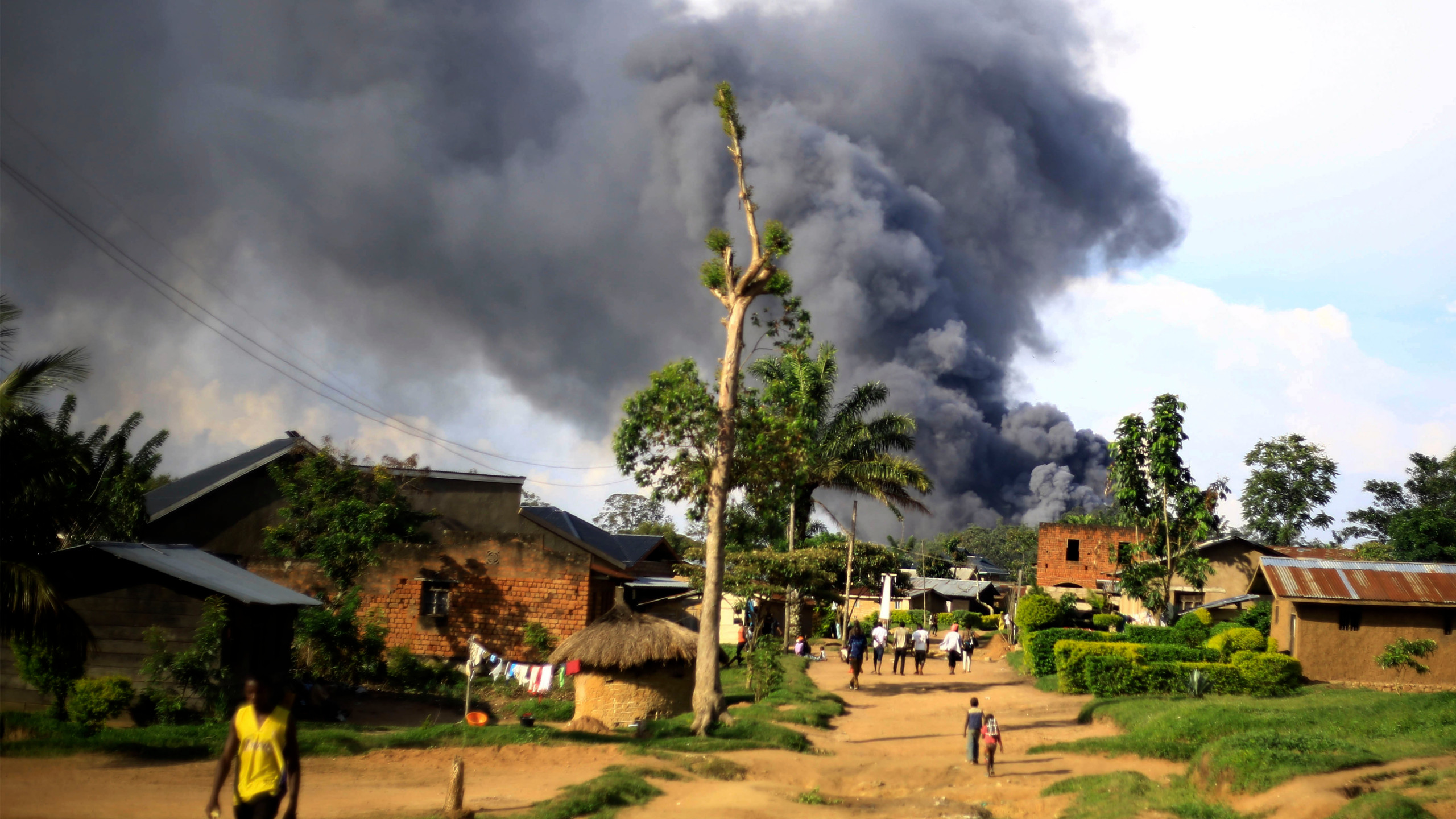
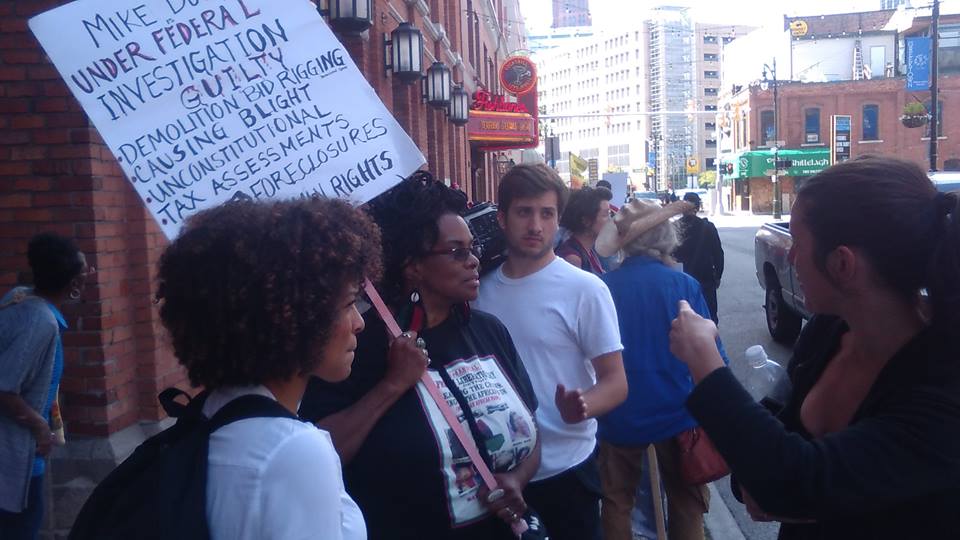
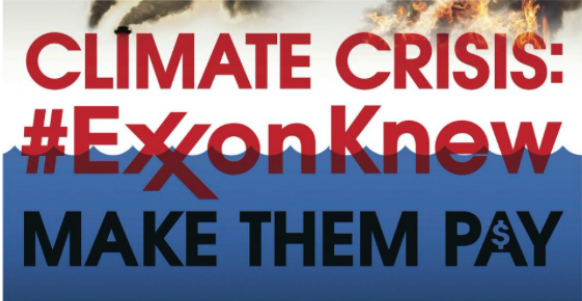 “Exxon: Make Them Pay”?
“Exxon: Make Them Pay”?